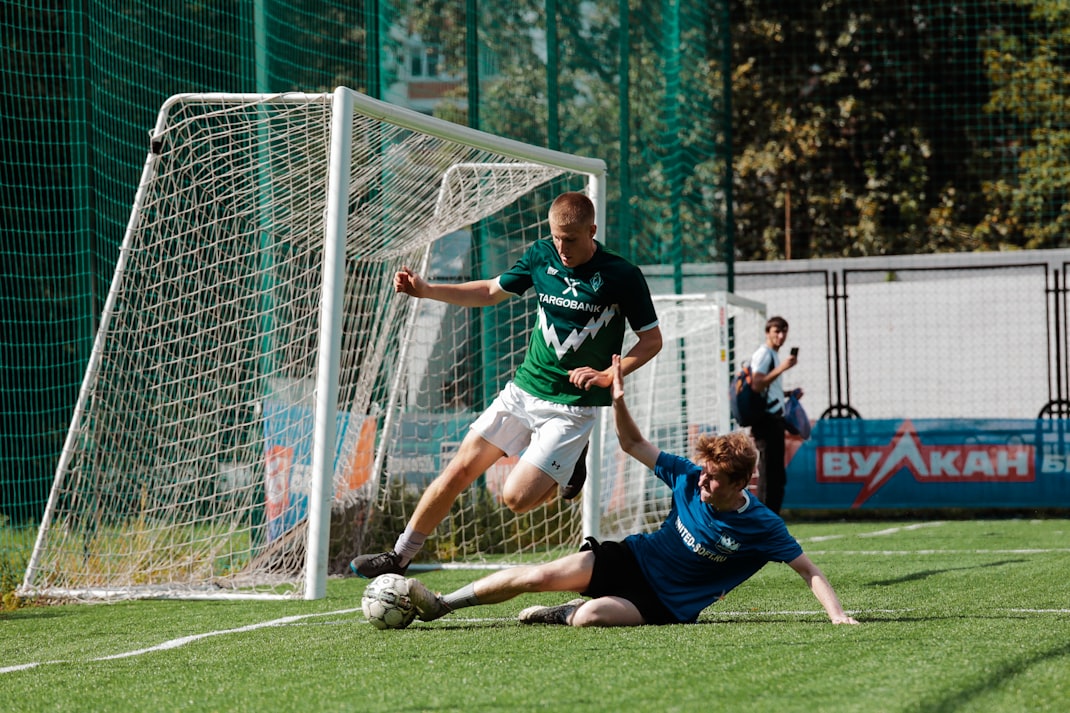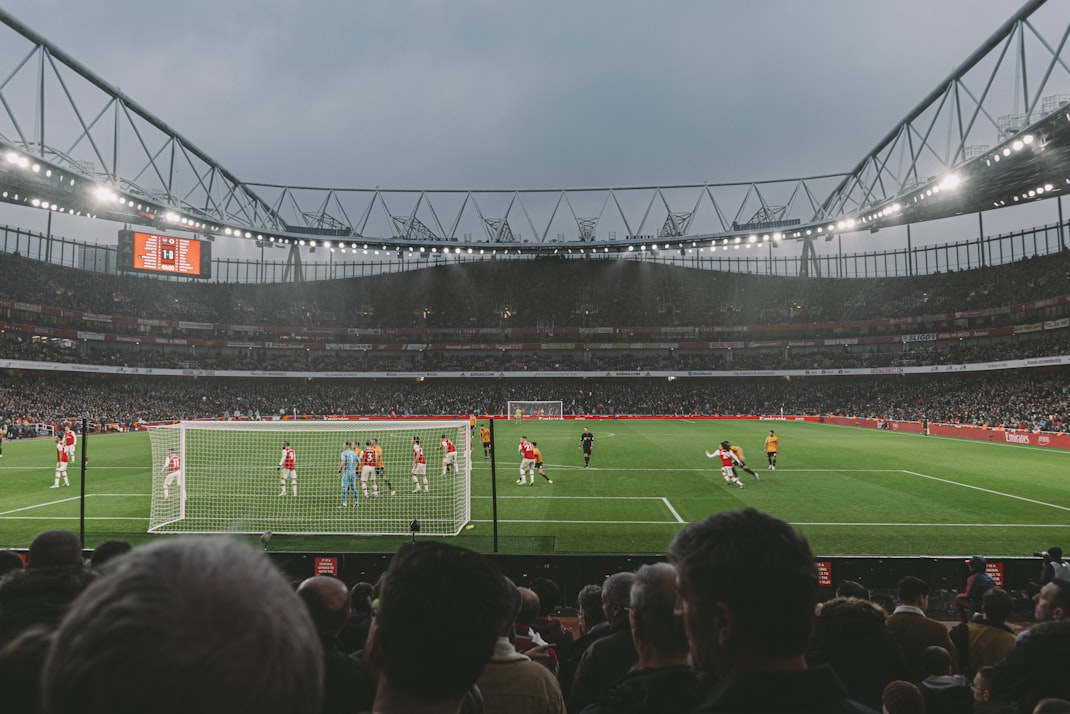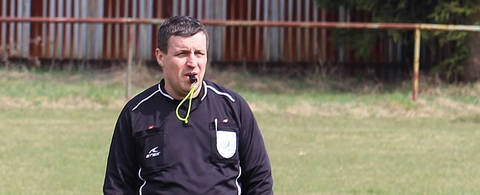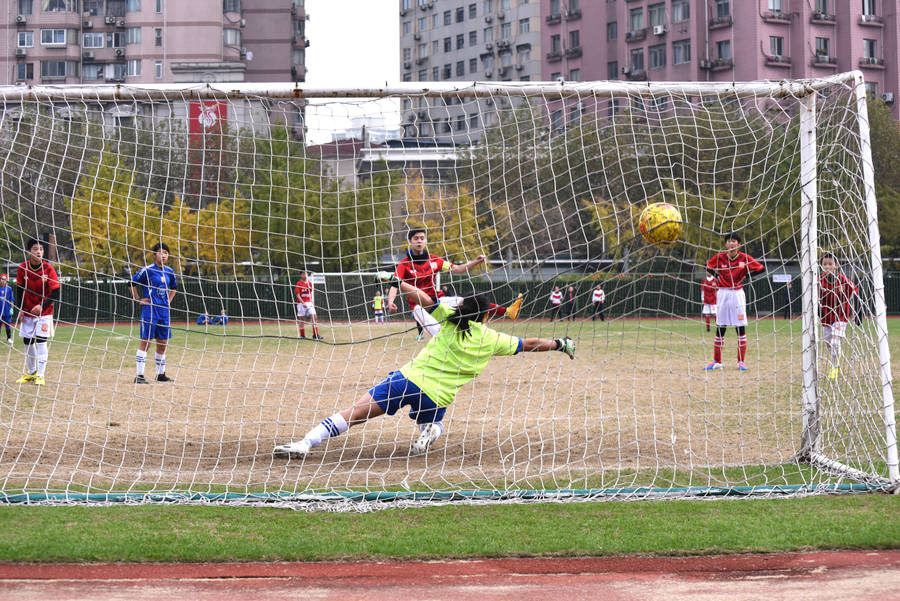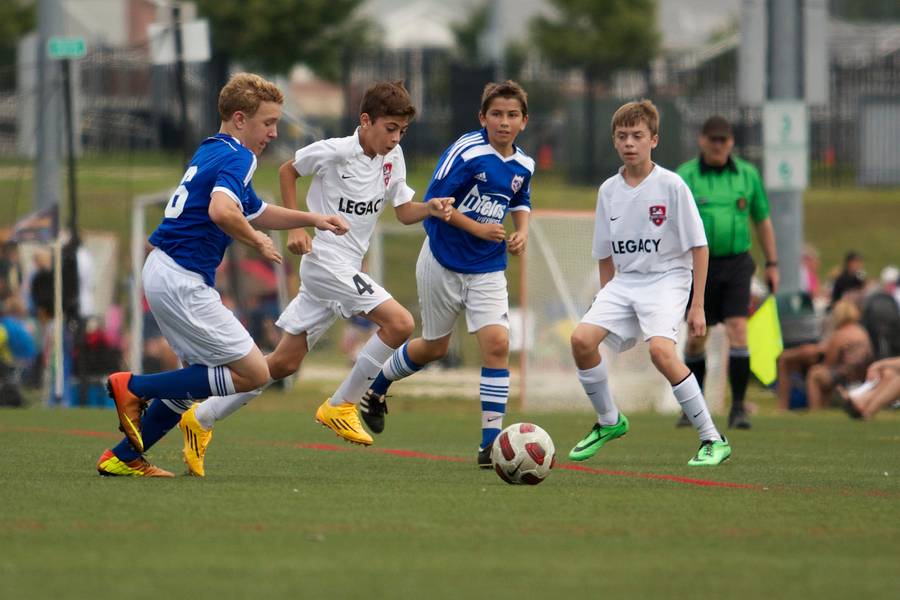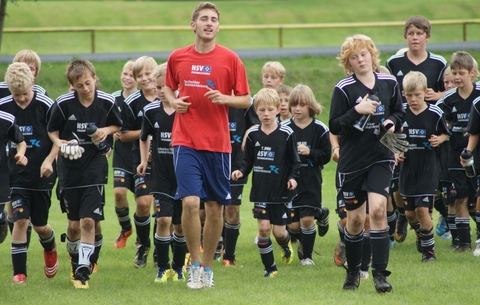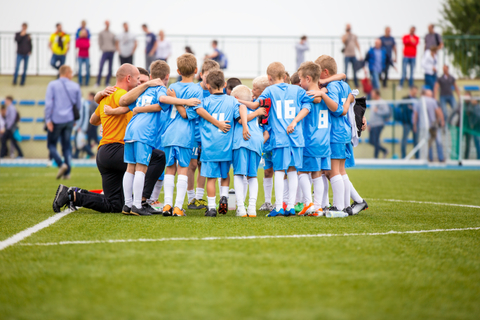Grassroots football clubs are an important part of the game's structure, providing local communities with entertainment and something for people to get behind. Many of the major clubs in world football started out as grassroots clubs and gradually built themselves up over decades to be multi-million dollar businesses with global fanbases, stadiums that can hold tens of thousands, and some of the best players in the world.
In most countries, soccer has been well established, with some of the top clubs being around for well over 100 years, with others enjoying newer formats like the MLS in the US, which was formed in 1995 and celebrated its first season in 1996. In just under 30 years, US soccer has grown significantly, and the high-profile signing of arguably the best player in history, Lionel Messi, has been a big boost in recent years.
TV viewing figures and attendances have both seen a big jump since the Argentinian signed, and the gambling industry has also seen more interest in MLS markets. Offshore betting sites have been a big help by accepting players from Texas and other states where sports betting is prohibited and providing a wide range of bets for players to choose from.
The success of the American soccer league can provide great inspiration for grassroots clubs around the world, serving as an example of how the right leadership and backing can propel the sport and its clubs in a relatively short period of time. While it is unlikely that grassroots teams will get the same financial backing that MLS franchises have, they can make the most of an existing infrastructure to progress through the leagues.
If clubs are to prepare for a long and arduous journey from grassroots status to the pro leagues, they will need the right structure in place, as well as some form of financial backing. A well-run club will be able to generate money through ticket sales, merchandise, and player sales, but these can all be slow to take off as teams grow.
One example of a team benefiting from financial backing is Wrexham, which welcomed American film and TV stars Rob McElhenney and Ryan Reynolds in 2020. The Welsh club is part of the English league structure but suffered financial problems in the 2000s and dropped out of the Football League. Since the Americans have taken over, the club has enjoyed back-to-back promotions and is in with a great chance of promotion to the English Championship, just one step away from the Premier League.
England has also seen teams like Brighton and Hove Albion, Swansea City, and Luton Town climb through the leagues and make it to the Premier League in recent years. The big difference between these clubs and genuine grassroots clubs is that they have had past success, an existing fanbase, and stadiums.
Another important factor for grassroots teams preparing to step up to bigger leagues is having the right staff in place. A chairman, manager, and players will all play their part in a club's progression, and finding the right blend of personnel with the same vision is key to success.
A good chairman will take care of the off-pitch side of things, allowing the manager to concentrate on getting the right tactics, formations, and players for the job. A good squad will train well and listen to instructions, with the priority being towards the team rather than individual glory.
A coaching staff that doesn't rely on the bullying tactics of old and instead inspires players to grow and improve will be a massive part of the team's progression. Exploring sports science and training methods can help to take clubs to the next level with their current crop of players, as well as create the mindset to help on-field performances.
Many grassroots teams that have a strong community support operate youth teams, allowing youngsters to progress through the ranks and feature for the senior side. Some of these players could even develop to a much higher standard and become a saleable asset that would help the club make necessary changes to their infrastructure that facilitates growth.
Creating a fun and inclusive atmosphere around the club will help to attract families and fans to more games, and can also help with generating funds through matchday sales of tickets, programmes, food, and other initiatives.
Community engagement is important to sponsorship and support, and key issues like increased traffic, parking, and litter around the ground on match days are something that can be considered. Inviting youth teams to help as ball boys and volunteers will help with this and drive engagement.
While football on the pitch is the most important thing in terms of results and entertainment, there are also important off-field considerations for clubs. The health and safety of any public event should be a priority, and clubs will have responsibilities to local leagues and governing bodies to ensure the safety of players, staff, and fans at games.
Ground maintenance and regular checks will help to minimise risk, and carry out emergency drills to ensure all staff understand their responsibilities. As clubs progress from grassroots levels to semi-pro and professional leagues, the attendance of home and away supporters will grow, and regulations can also change.
As clubs grow, management will have a decision to make about player recruitment, with some focusing on trying to attract and develop the best young talent, while others operating scouting systems to attain more complete players.
Player development through youth setups is an excellent option for clubs looking to engage the local community and make the most of local talent. It can be difficult to hold on to some of the best talents, but moving players on to bigger clubs can bring money in and also help to develop relationships.
Forging good relationships with bigger clubs can help smaller teams work out loan deals to help the development of their younger talents. This can be an excellent way to get players that might have been too expensive otherwise.
Attracting top talent from bigger local sides can also help to attract fans who want to watch a higher calibre of player, and the fans of the player’s parent club might also want to come along and see their development.
Grassroots clubs have an important part in local communities, and potential growth doesn’t mean they have to leave this behind. Clubs that remember where they came from and the supporters that helped them get there earn the respect of players, fans, and other football-minded individuals, which can only be good for the long term.

